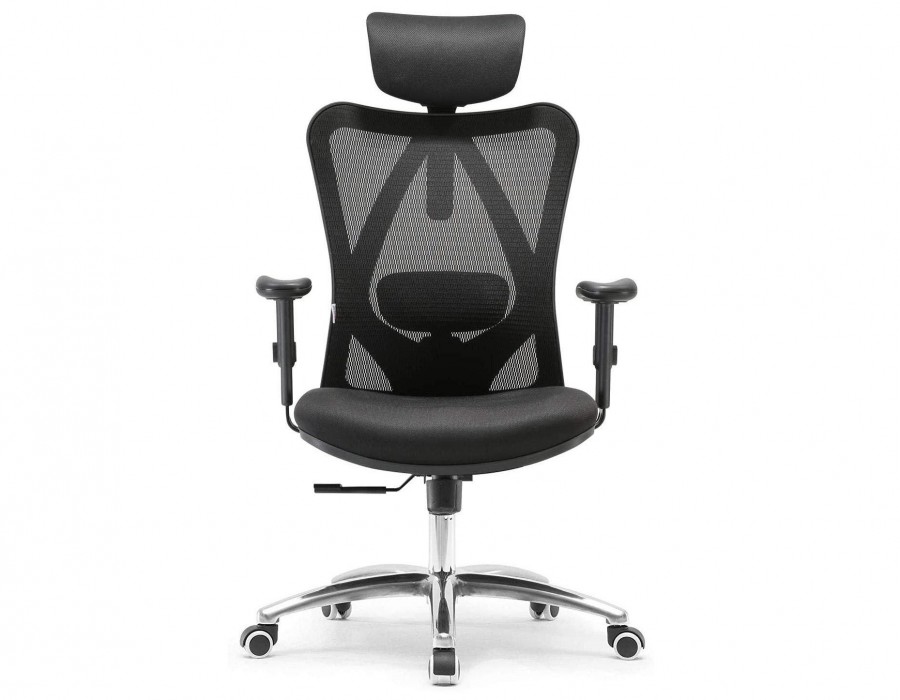When you start looking for a new chair for your office, you are faced with a number of choices to make. From the style of the chair to the way it compliments your office décor to the ergonomic and comfort factors that you require, there are many things to consider as you find the right one for your body type.
One of the biggest factors that people look for in an office chair is the amount of support it gives your back. Back pain is a common ailment of desk job workers because of the lack of cushioning and flexibility that their spine receives throughout the day in conjunction with sitting for long periods of time. If you have pain in your back, hips, and lower body, you need lumbar support for your chair. This comes in two different forms: active and passive.
There is one basic difference between active and passive reinforcement when it comes to your sitting posture. With active, you have a standalone approach that can be added or is built separately onto your backrest, for example, an air lumbar support is considered to be active. Passive, on the other hand, has this extra reinforcement already built into the frame. While both ultimately have a goal to provide the same benefit, there are a few questions you must answer before determining which option is right for you.
Can you adjust your sitting patterns throughout the day?
Being able to adjust your body throughout the day is one of the most important parts of being ergonomically correct. Your body needs the flexibility to move around and avoid putting long periods of stress in one particular area. Where you sit must adjust to your body type and put you in a position that encourages good posture. This way, your body can be supported throughout the day, and you can maintain a healthier sitting position.
How much time are you sitting each day?
If you sit for long periods at a time, the support you get from your office furniture is crucial. While you sit, you are putting more pressure on your spine. This is especially true when you do not have any cushioning for your lumbar curve. This will catch up with your body quickly and may lead to back problems over time.
Do you have any previous back problems?
If you have pre-existing back conditions from before your desk job, you will need extra assistance to sit comfortably throughout the day. Your spine is already damaged and more sensitive, so this type of care is important to your overall health. This may require a combination of both active and passive care.
Once you know the answers to these questions, you will be in a better position to determine whether you need active or passive care.
For the vast majority of people, active care will be the best. This will not only allow you to adjust your body position more throughout the day, but it will also give you extra reinforcement along your lower spine so that when you sit for long periods you will get an added boost that will keep you sitting up straighter and with far better posture.
Passive reinforcement already built-in can also be beneficial for some people. If you have not had any previous back conditions and do not sit for long periods of time, using a chair with passive care can still deliver the ergonomic benefits that your body needs. If you do choose a passive style, make sure that you also find one that is easily adjustable so that you can position it correctly.
The way you sit can have a profound impact on your overall health. Choosing ergonomically office furniture with lumbar support will help you to feel better and work more efficiently.
Get the latest updates on modern office furniture, office desk in Dubai, for detailed office furniture, please visit our website officemaster.ae
OfficeMaster Al Quoz Branch – Office Furniture Dubai






Comments